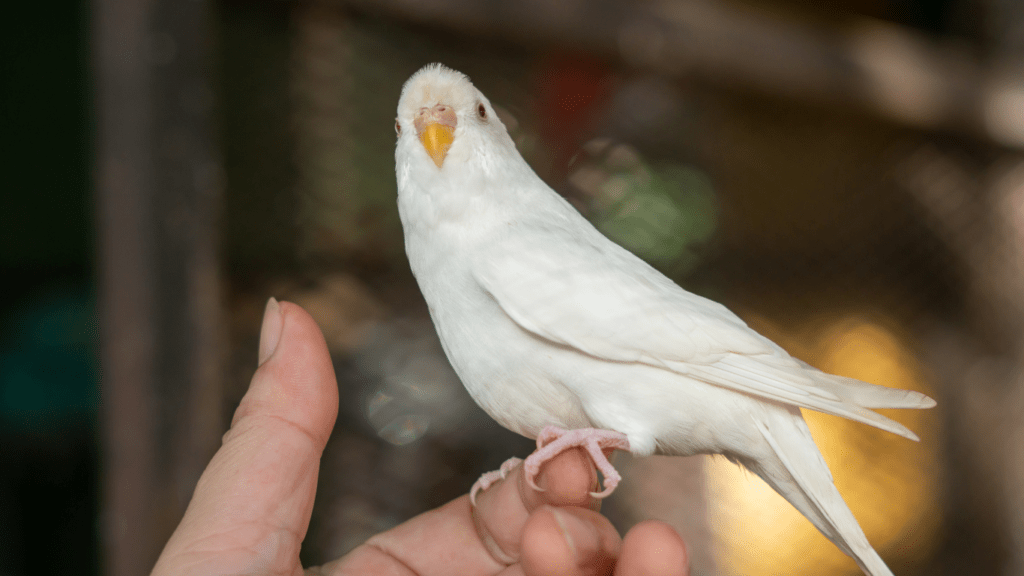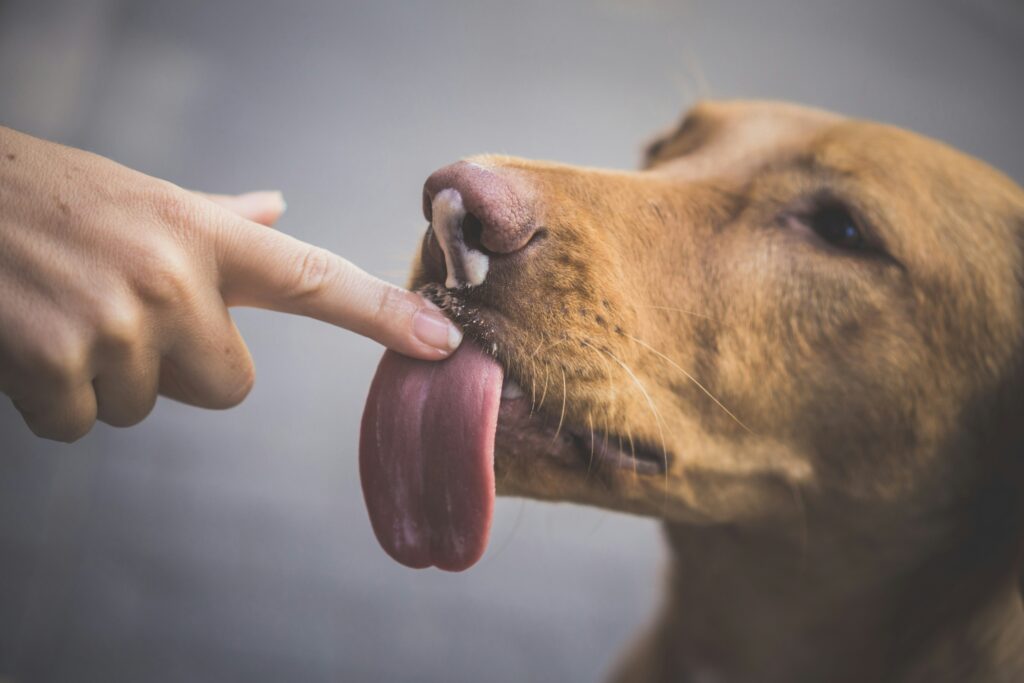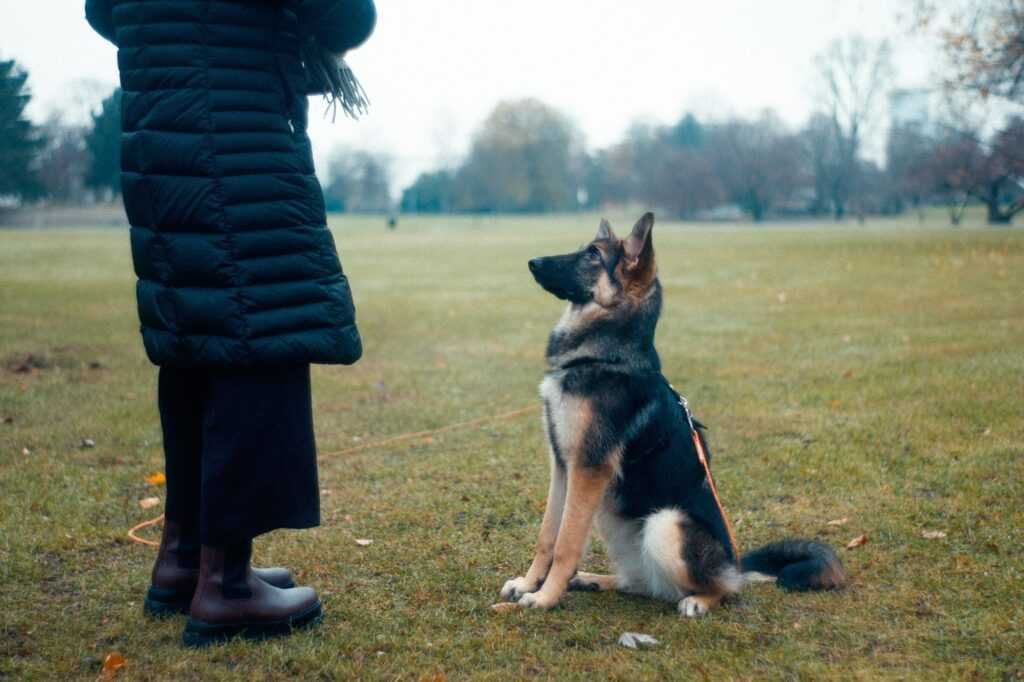Understanding Pet Body Language: Keys to Better Communication
Pets use body language to communicate. Observing their behavior unlocks insights into their feelings and needs. Recognizing these signs improves the bond between pet and owner.
Tail Movements
Tail movements convey different emotions in pets. A wagging tail in dogs usually indicates happiness, while a stiff or slowly wagging tail signals caution or aggression. In cats, a straight-up tail often shows confidence, while a bushy tail indicates fear.
Ear Positions
Ear positions are key indicators of a pet’s mood. Dogs with ears back may feel scared or submissive, while forward ears suggest alertness. Cats with forward-facing ears show interest, whereas flattened ears indicate they feel threatened or angry.
Eye Language
Eye language reveals a lot about a pet’s emotional state. Dogs with relaxed eyes feel content, while wide eyes suggest anxiety or excitement. In cats, slow blinking signifies trust, while dilated pupils can mean either excitement or fear.
Body Posture
Body posture is crucial for understanding pets. A relaxed dog lying on its back shows trust and comfort. In contrast, a dog with a lowered body and tucked tail feels threatened. For cats, stretching indicates a relaxed state, while an arched back signals fear or aggression.
Vocalizations
Vocalizations complement body language. A dog’s bark can mean different things; a high-pitched bark usually expresses excitement, while a low growl suggests aggression. Cats communicate through meows; a soft meow often requests attention, whereas a hiss warns of discomfort or aggression.
Facial Expressions
Facial expressions in pets are subtle but informative. Dogs with open mouths and relaxed expressions show happiness, while a wrinkled muzzle may indicate aggression. Cats with relaxed whiskers are usually calm, while forward and stiff whiskers mean they are alert or agitated.
Understanding Differences
Different pets have unique ways of expressing themselves. For instance, while a wagging tail often means a happy dog, a similar movement in rabbits indicates irritation. Learning species-specific body language enhances communication across various types of pets.
Understanding these signals enriches the relationship with your pet. Observing and interpreting their body language allows better responses to their needs, fostering a deeper connection.
The Importance of Understanding Pet Body Language

Recognizing pet body language strengthens the bond between pets and owners. It’s essential for interpreting pets’ emotions and needs.
Building a Stronger Bond
Understanding body language can deepen the relationship between pets and their owners. When I notice my dog’s tail wagging low, I know he’s anxious and needs reassurance. By responding to these cues, I’m able to provide comfort and stability. Recognizing subtle signals, like a cat’s slow blink, fosters trust and affection. Effective communication through body language creates a harmonious, trusting relationship.
Preventing Miscommunication
Accurately interpreting body language also prevents misunderstandings. When I misread my dog’s stiff posture, thinking he’s excited when he’s actually scared, it can lead to stress or even aggression. Observing pet behaviors like pinned-back ears or growling helps avoid potential conflicts and ensures a safer environment for both pets and owners. Correctly understanding these signals reduces chances of miscommunication, ensuring pets’ well-being and a peaceful coexistence.
Common Pet Body Language Signals
Understanding common body language signals in pets is crucial for enhancing communication and preventing misunderstandings. Below, I cover specific behaviors for dogs, cats, and birds.
Dogs
Dogs use a range of body language signals to convey their feelings and intentions.
- Tail Wagging: A wagging tail isn’t always a sign of happiness. A stiff, slow wag can indicate insecurity or potential aggression.
- Ear Position: Forward ears show interest or alertness; ears pulled back or flat against the head often denote fear or submission.
- Eye Contact: Direct eye contact from a dog can be assertive or threatening, while avoiding eye contact might indicate submission or fear.
- Body Posture: A relaxed dog has a loose, wiggly body, while a dog displaying aggression will have a tense, upright posture.
Cats
Cats communicate primarily through body postures and subtle movements.
- Tail Movements: A puffed-up tail signifies fear or aggression, while a tail held up with a slight curve often signals friendliness.
- Ear Movements: Ears facing forward indicate curiosity or interest, while flattened ears suggest fear or aggression.
- Eye Expressions: Slow blinking from a cat indicates trust and affection; dilated pupils can signal excitement, fear, or surprise.
- Body Posture: A calm cat displays a relaxed body with stretched-out legs, while an arched back signals fear or aggression.
Birds
Birds exhibit distinct signals through their feathers, beaks, and vocalizations.
- Feather Position: Fluffed-up feathers can indicate a relaxed state or illness; sleek, tight feathers often indicate alertness or fear.
- Wing Movements: Drooping wings can signify fatigue or illness, while flapping wings may indicate excitement or a need for attention.
- Beak Actions: Grinding of the beak usually signals contentment, while clicking or biting the beak can indicate stress or aggression.
- Vocalizations: Happy birds often sing or chirp, whereas hissing or squawking can indicate fear, discomfort, or aggression.
By recognizing these signals, pet owners can better respond to their pets’ needs, improving their overall well-being and strengthening the bond between owner and pet.
Interpreting Subtle Cues
Pets communicate many of their needs and emotions through subtle cues. Recognizing these can significantly improve our ability to respond to them.
Facial Expressions
Pets’ facial expressions convey various emotions, from joy to anxiety. Raised eyebrows in dogs often signal curiosity or surprise, while squinted eyes can indicate discomfort or stress. Cats tend to show contentment through slow blinking or partially closed eyes. A bird’s expression can be read through the positioning of its beak and eyes; a relaxed bird has a closed beak and half-closed eyes. Recognizing these subtle facial expressions helps gauge a pet’s emotional state.
Tail Movements
Tail movements offer significant insights into a pet’s mood. A dog with a wagging tail usually feels happy or excited, but a stiff, upright tail can indicate alertness or aggression. Cats express anxiety or aggression with a fluffed, bristled tail, while a gently swaying tail may show curiosity. Birds use their tails to maintain balance; fanned tail feathers often indicate agitation or courtship behavior. Observing these tail movements aids in understanding a pet’s current emotional state, ensuring better interaction and care.
Tips for Better Pet Communication
Understanding pet body language lays the foundation for improving interactions. Implementing positive reinforcement and consistent training techniques can significantly enhance communication with pets.
Positive Reinforcement
Using positive reinforcement encourages desired behaviors in pets. Rewards such as treats, praise, and playtime reinforce good behavior. For instance, when a dog sits on command, offering a treat or saying, “Good job,” helps the dog associate the action with a positive outcome. This approach reduces stress and builds trust, making pets more responsive to commands.
| Reward Type | Example |
|---|---|
| Treats | Dog biscuits |
| Praise | Verbal affirmation |
| Playtime | Fetch |
Consistent Training
Maintaining consistency in training establishes clear communication with pets. Using the same command words and gestures prevents confusion. For example, if teaching a cat to come when called, using “come here” consistently helps the cat understand the cue faster. Setting a regular training schedule and sticking to it reinforces learning and helps pets remember commands better. This consistency ensures that pets feel secure and understand expectations, improving overall behavior.


 Founder & Pet Wellness Advocate
As the visionary founder of Pet Paw Shack, Kimberliene Sabinin is passionate about helping pet owners provide the best care possible for their furry companions. With a background in veterinary science and animal nutrition, Kimberliene brings years of experience in promoting pet health, safety, and well-being. Her mission is to empower pet owners with practical knowledge about proper nutrition, behavior training, and overall pet wellness.
Founder & Pet Wellness Advocate
As the visionary founder of Pet Paw Shack, Kimberliene Sabinin is passionate about helping pet owners provide the best care possible for their furry companions. With a background in veterinary science and animal nutrition, Kimberliene brings years of experience in promoting pet health, safety, and well-being. Her mission is to empower pet owners with practical knowledge about proper nutrition, behavior training, and overall pet wellness.
